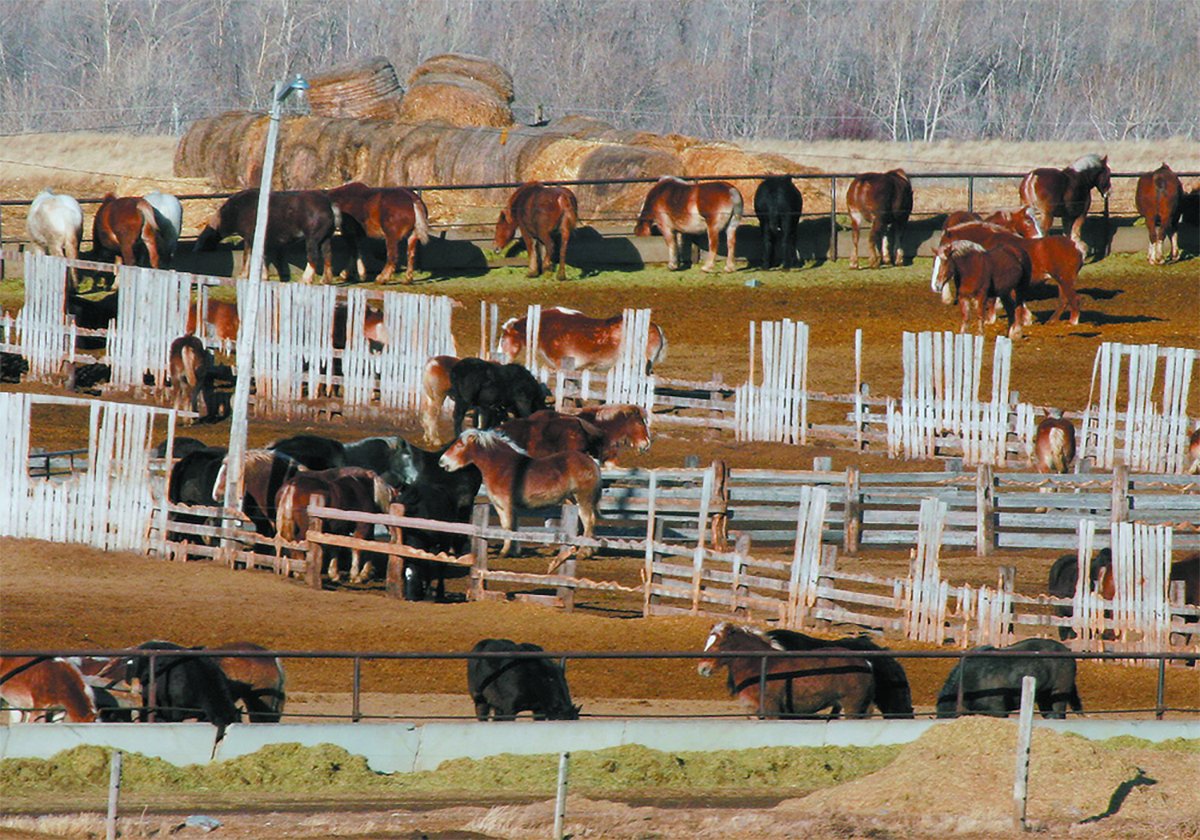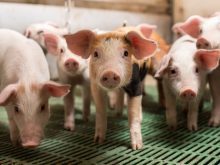Saskatchewan cattle producers want to see a cost-benefit analysis before they endorse a draft proposal on tracking animal movement.
The proposal from the Canadian Cattle Identification Agency, which has only been released to industry so far, has generated concern about costs and timelines.
Brett McConkey, chief information officer at the CCIA, said he has heard similar concerns from other organizations and provinces. He said producers know that any costs of implementing an enhanced livestock traceability system will ultimately be passed on to them.
CCIA has proposed a four-step strategy that would see cattle tracked as they move to new locations. It sets out timelines for the various industry participants to put infrastructure in place and obtain national premises identification numbers.
Read Also

Canada’s slaughter horse industry lacks transparency
The lack of clear reporting and public access to data keeps the industry largely hidden, leaving questions about humane treatment and traceability unanswered.
The first deadline would be Jan. 1, 2008, and the process would be completed two years later.
McConkey told the Saskatchewan Stock Growers Association semi-annual meeting that any traceability system has to follow key principles, including that it not impede commerce and will keep producer information confidential. Any costs involved must not hurt the industry’s competitiveness, he said.
Saskatchewan Stock Growers Association president Dennis Fuglerud said producers believe the current technology is too expensive. Hand-held and panel readers would be needed to read radio frequency identification ear tags at many more locations.
“There is no way we could do it in a cost-effective manner or in a way that doesn’t slow down commerce,” he said.
There has been no formal cost analysis of the proposal.
Tim Highmoor, a policy analyst with the Saskatchewan Beef Industry Committee, has identified some of the costs that will have to be considered.
They include technology, infrastructure, maintenance and labour on farms, ranches, feedlots, livestock dealers, auction marts, community pastures, private custom grazing operations, veterinary clinics, agricultural fairs and cattle shows.
There is also the cost of stress and shrink.
SSGA members attending the meeting passed a resolution requesting a cost-risk-benefit analysis before they consider the CCIA proposal.
The organization will also be sending its comments on specific items within the proposal to CCIA. Among its concerns is whether the timelines in the document are realistic.
McConkey said CCIA wants as much feedback as possible so it can revamp its proposal and present it again.
“We represent them,” he said of producers. “Communication is going to be the key.”
He said the timelines were put in the document only as starting points for discussion.
Meanwhile, the provincial and federal governments’ traceability task team has also developed a proposal that Fuglerud said is even more stringent. For example, it suggests that cattle be tracked when they move from one quarter section to another within an operation.
“That sort of thing is pretty disturbing for everybody,” he said. “We can safely say we will never support animal movement tracking within an operation.”

















